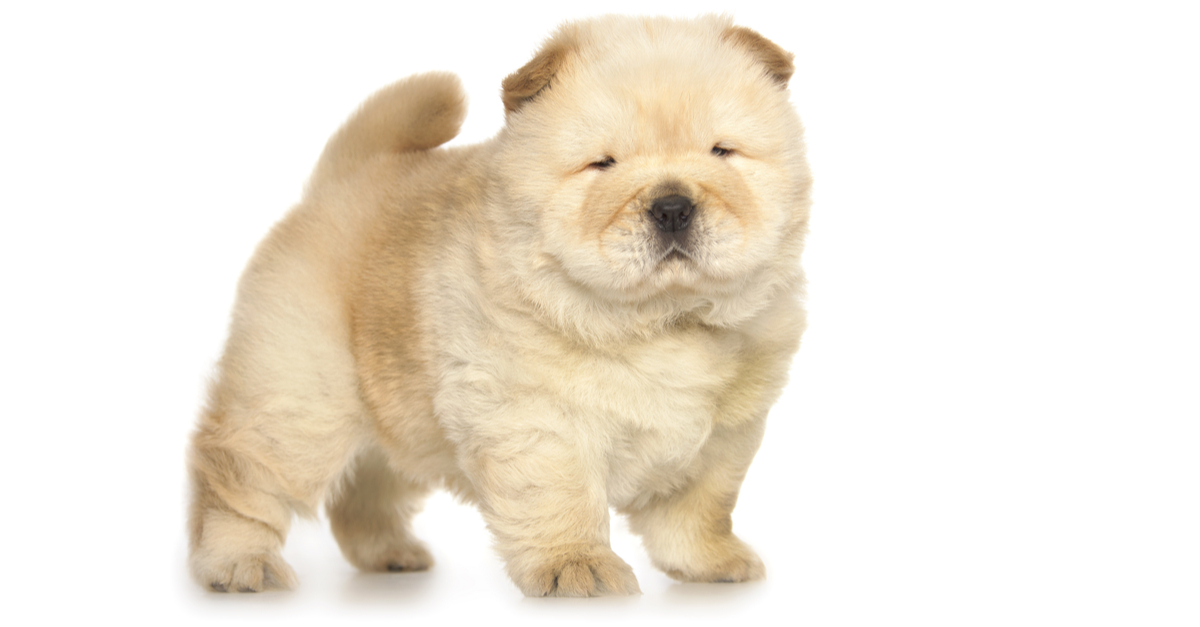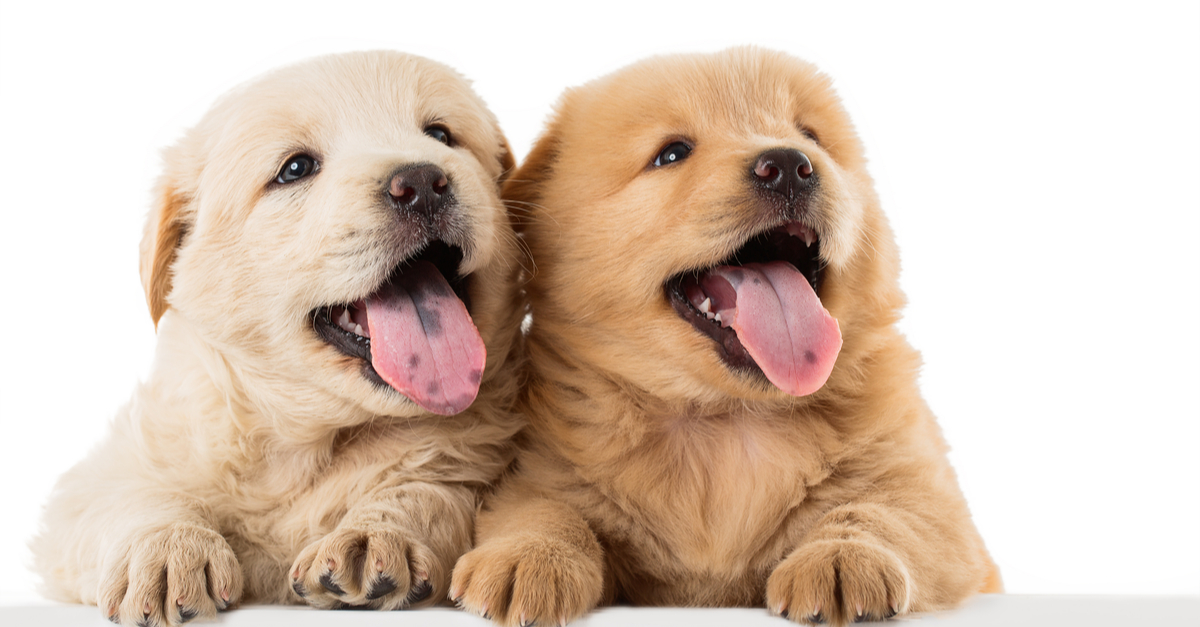Mini Chow Chow Puppies care guide
Mini Chow Chow Puppies at a Glance:
Size: 23-25 cm, 9-20 kg
Lifespan: 10-15 years
Grooming: Moderately Difficult
Exercise needs: Low Moderate
Feeding needs: Moderate
Temperament: Intelligent, Independent, Stubborn at Times, Loyal, Aloof
Trainable: Moderate
Best for: Experienced Owners, Single Dog Home
Mini Chow Chow Puppies Appearance

Mini Chow Chow puppies look a lot like their standard-sized, larger counterpart. They are known for their fluffy, dense red coats and their black tongues. Many people describe the Mini Chow Chow as looking like a little lion.
Mini Chow Chow puppies can have smooth coats like Akitas or fluffier coats. Even though most people are familiar with the red version of the Miniature Chow Chow, they can also be tan, cream, black, blue, grey, and even white.
Their bushy tails curl toward their heads and often form a circle.
Mini Chow Chows have flat faces with short snouts. Their muzzles are often wide, and they have wide-set eyes. Their ears are pointy and triangular.
Personality:
Bold, playful, aloof at times, and dedicated. Mini Chow Chow puppies can have big personalities. Mini Chow Chows bred from runts or with the dwarfism gene often have personalities that closely resemble standard Chow Chows. These puppies are often headstrong and need a bit more command when it comes to their obedience training.
They are easily house-broken. And because the standard breed was developed as guard dogs, they will require early dog and stranger socialization. They are often protective of their families, including children.
Mini Chow Chow puppies bred from full-size Chow Chows and smaller breeds like Pomeranians are often more amiable. These puppies are often quite feisty and playful.
All forms of this breed tend to be 'barky' and bold.
Training Highlights:
Because Mini Chow Chows can be more headstrong than other breeds, they require a determined and experienced dog owner. They must be trained from the time they are young puppies to help achieve consistent behavior. Especially when they’re young, Mini Chow Chow should receive bite-size training daily.
Miniature Chow Chows respond best to constant, firm positive reinforcement. Their intelligent nature allows them to take advantage of lax trainers.
House training can begin from an early age of just a few months. They quickly learn to use the 'bathroom' outside and rarely have accidents indoors.
Their independent personalities can make recall difficult. This task should be worked on early and often. If allowed, Mini Chow Chows will try to pull on walks. Proper leash-training is essential.
Activity Level:
Mini Chow Chows are often described as “catlike” for more reasons other than their floofy coats. They don’t require a lot of exercise to be happy. Miniature Chow Chows are cuddly and love to fall asleep on their owner’s lap.
For owners that work full time jobs, the Mini Chow Chow doesn’t mind its alone time. While they love the company of their human parents, they easily adjust to their owner’s work schedule.
Because these dogs aren’t the most energetic, they don’t need a large outdoor space to run around. While having a small yard helps them explore their independence, they don’t need as much space as larger or more active breeds.
Grooming:
The beautiful coats these dogs are known for do take work. Both group of Chow Chows will require regular grooming.
They have a double-coat that fluffs outward from their legs, head, and tail.
A smooth-coated Mini Chow Chow should be brushed weekly to maintain a healthy, attractive coat. While a rough-coated one should be brushed thoroughly ever day if possible.
Expect this breed to shed twice per year and need a bath to remove excess fur. These pint-sized pups are easy to bathe, but can be difficult to dry. They require a gentle blow dry to tend to the excess fur.
Like other breeds, this breed needs monthly nail trims, usually once or twice depending on their walking frequency and terrain they frequent. Mini Chow Chows will also need their teeth brushed and ears cleaned regularly.
Mini Chow Chow puppies genetic health concerns
Breeders have came up with various way to create Mini Chow Chow puppies. It is important to ask your breeder which method he or she used to produce your petite pooch even before adoption.

Mixing Full Chow Chows with Small Breeds
Mini Chow Chow puppies that came from combining a smaller breed, some of the most common being Pomeranian and Corgi, you’re in luck. Most vets agreed that mixed-breed dogs are often more resilient and healthier than purebred pups.
Mini Chow Chow puppies developed from the Dwarfism Gene
If your breeder used the dwarfism gene to shrink full-size Chow Chows into Mini Chow Chows over time, then you will want to be aware that there might be a few medical concerns to be aware of.
Dwarfism can present in dogs as short legs, over-sized or large heads, enlarged joints, bowed forelimbs, and spinal deviation.
Achondrodysplasia, or dwarfism is associated with stunted growth and skeletal abnormalities that can lead to intervertebral disc disease. This disorder can be very painful when your pup becomes an adult and will likely lead to arthritis.
The refinement that leads to a concentration of genes in this form of breeding causes higher chance of potential health issues like shortened lifespan, heart disease, and quirky behavior or personality.
Breeding Runts
This is one of the oldest methods breeders have used to create petite version of bigger breeds. If two runts produce offspring, their puppies will be smaller than average Chow Chows.
Runts often struggle to thrive because they are unable to compete for resources like their mother’s milk, and eventually food, with their litter-mates. This deprives runts from adequate nutrition and can lead to weakened immune systems. Because of this, runts tend to get sick more easily. This method can lead to Chow Chow parents passing down congenital health problem to their puppies.
Despite the downside of heightened risk of health problems, this process does an excellent job of making a Mini Chow Chow truer to the original breed in temperament and appearance.
Take a Deep Breath
From French Bulldogs, Boston Terriers, and Bulldogs, there are various short-snouted dog breeds that fall into the Brachycephalic category. The Chow Chow is no exception. This condition creates an adorable appearance but has negative side effects.
The Mini Chow Chow’s short snout can make it difficult for your puppy to breathe. You have to be very careful if you let your puppy swim or when bathing your pooch. You also want to be mindful when your Mini Chow Chow puppy is playing too hard. This breed’s short snout can make it hard for them to get enough air when they push themselves too hard.
Their skull structure also leads to deep-set eyes that limit peripheral sight and cause their eyelids to roll inward causing “eyelid entropion.” Unfortunately, eyelid entropion requires surgery to be repaired.
Being Part of the Family:
All puppies, including Mini Chow Chows need to be supervised around children. While standard Chow Chows can handle an occasional rough play, Mini Chow Chows should be handled with even more care. They should be approached slowly and directly. Their tendency to have poor peripheral vision can make this breed easy to startle.
When it comes to introducing a Mini Chow Chow to the kids and family, they should meet as early as possible in the dog’s life. This breed learns most of its habits and develops its personality from week 3 to about 18 weeks of age. Dogs raised with children have more patience and a love of kids. Non-family member children may scare or startle these dogs, though.
Mini Chow Chows make great family dogs because of their size. They can be overly-protective and need to be properly socialized early.
Return from Mini Chow Chow Puppies to Puppy Breeds
Return to New-puppy-care-guide (Homepage)
- Home
- Puppy Breeds
- Chow Chow Puppies
- Mini Chow Chow Puppies